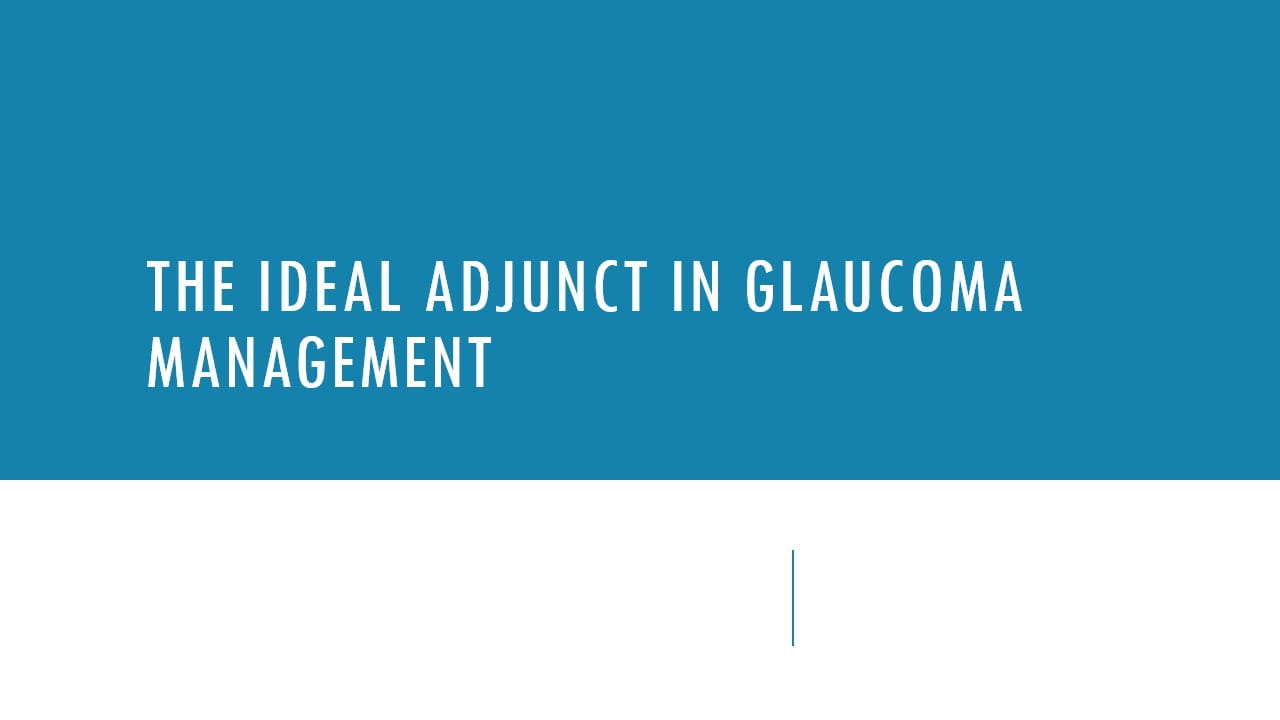ESCRS 2024: Myopia Control and Refraction in Children: Educational Management of Myopia
Speaker- Marina Cazorla
Myopia was traditionally seen as a simple refractive error, where images formed in front of the retina, leading to blurry distance vision. Treatment options included glasses, contact lenses, or surgery. However, the global increase in myopia and future projections raised concerns from socioeconomic and public health perspectives. The primary concern stemmed from the increased risk of severe pathological changes in the posterior pole, potentially resulting in permanent blindness. The World Health Organization (WHO) identified a critical risk threshold with an axial length of 26 millimeters or greater and a refractive error of minus six diopters or more. As myopia began to manifest at younger ages, these thresholds were increasingly met. Although the exact onset process of myopia remained unclear, it was recognized as a failure in the emmetropization process, influenced by multifactorial factors including genetics, environmental elements, and specific ocular and systemic diseases.
While genetics played a crucial role in myopia, Asian populations and children of myopic parents were at higher risk. Environmental factors also influenced this risk, either intensifying or reducing it. The key risk factors that contribute to the development and progression of myopia has been mutually agreed.
In recent years, studies focused on treating myopia and identified significant relationships with environmental factors. Key contributors to the rise in myopia included reduced exposure to natural light and decreased outdoor time, largely due to increase near work activities and urban living.
A study highlighted the relationship between time spent on activities and myopia prevalence. Specifically, the study indicated that myopia prevalence decreased as children spent more time outdoors. Conversely, the risk of developing myopia increased with more time spent on near work activities, such as reading or using electronic devices. Additionally, the prevalence of myopia was significantly higher in urban areas compared to rural ones, reflecting the urban lifestyle's reduced outdoor time and increased near work activities.
Based on these findings, a study explored various educational intervention strategies, including school programs, technological interventions, and public campaigns. Education on the importance of visual health and healthy habits led to effective conclusions regarding measures to prevent and manage myopia, particularly in children. Increased outdoor time emerged as the most effective strategy, as natural light stimulated dopamine production in the retina, believed to inhibit excessive elongation. Reducing near work time helped alleviate accommodative demand; for instance, implementing regular breaks, such as the 20/20/20 rule, reduced eye strain. Promoting good practices, like proper lighting and maintaining appropriate distances from reading materials, and educating parents, teachers, and students improved knowledge and led to better habits. Additionally, controlling the use of electronic devices was emphasized during the critical stage of visual system development.
Despite a general consensus, differing approaches, recommendations, and interpretations of scientific evidence led to debates among non-eye care professional educators and parents. Questions arose regarding how many hours outdoors were necessary to see a significant effect, whether all near work activities equally impacted myopia progression, and how to balance educational technology use with visual health recommendations. Additionally, discussions focused on how public health and educational policies should be implemented to address myopia fairly and what time limits should be set by age.
Looking ahead, emergency strategies focused on integrating new technologies, such as smart glasses and artificial intelligence, while also making educational environments more vision friendly. Most importantly, efforts aimed to educate the population to achieve the greatest impact on myopia management.
In summary, early detection was deemed crucial, regardless of genetic predisposition, as environmental factors and lifestyle changes significantly influenced myopia. The goals of myopia management included educating and raising awareness about the importance of spending more time outdoors and promoting good reading and visual hygiene habits. The future focused on creating supportive educational environments and encouraging healthy lifestyle habits.
42nd Congress of the European Society of Cataract and Refractive Surgeons, 6 – 10 September 2024, Fira de Barcelona, Spain.




